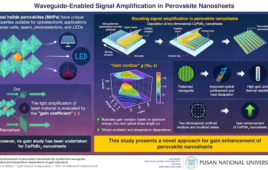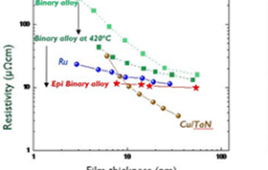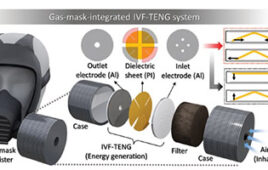 Comic book hero Popeye swears by it. And so do generations of parents who “spoil” their children with spinach. It is now known that the vegetable is not quite as rich in iron as originally thought, but that this trace element is essential for the physical well-being is undisputed. This is because iron deficiency—caused by malnutrition—can lead to anemia (anemia). Excessive iron levels in the blood, however, can possibly signal the presence of acute inflammatory responses. The iron content in the blood is therefore an important medical diagnostic agent.
Comic book hero Popeye swears by it. And so do generations of parents who “spoil” their children with spinach. It is now known that the vegetable is not quite as rich in iron as originally thought, but that this trace element is essential for the physical well-being is undisputed. This is because iron deficiency—caused by malnutrition—can lead to anemia (anemia). Excessive iron levels in the blood, however, can possibly signal the presence of acute inflammatory responses. The iron content in the blood is therefore an important medical diagnostic agent.
Researchers at the University of Ulm, including physicist Fedor Jelezko and the chemists Martin Plenio and Tanja Weil, have developed on the basis of artificial nanodiamonds a novel biosensor for determination of iron content. This project was realized within the framework of the doped with 10.3 million euros BIOQ Synergy Grant of the European Research Council, the scientists were awarded last December.
“Blood tests that measure the iron content in the human body, do not capture—as one might think—free iron ions in the blood, because unbound iron is toxic and can hardly be found usually in the blood,” explains Professor Tanja Weil, director of the Institute for Organic Chemistry III, University of Ulm. The measuring methods are based instead on certain proteins which are responsible for the storage and transport of iron. One of these proteins is the so-called ferritin that can bind up to 4,500 iron ions. Most conventional test methods are based on immunological and appreciate the iron concentration indirectly based on different markers, wherein said results may be inconsistent in some clinical situations.
Ferritin-bound iron ions have very specific magnetic field
The Ulm scientists have now developed a completely new approach to detect ferritin in the body. And with the help of some tricks. First, the scientists held that iron is a magnet and iron atoms form magnetic fields reinforce by superposition so that they are technically measurable. The situation is similar with the ferritin-bound iron ions, but their magnetic fields are so tiny that they are extremely difficult to grasp. Herein was now the real challenge for the scientists: to develop a method that is sensitive enough to detect such weak magnetic fields accurately. Using a completely new, innovative technology, the researchers have developed highly sensitive magnetic field sensors. Its heart: tiny artificial diamonds in nanometer size.
They did not use perfect diamonds—colorless and transparent—but instead employed so-called diamond lattice defects which affect the color of the diamond. This is the key trick.
“These color centers allow us the orientation of electron spins in external fields, visually read,” explains Professor Fedor Jelezko, director of the Ulm Institute of Quantum Optics. Finally, the team had to find a way to adhere the ferritin on the diamond surface. “This actually succeeded with the help of electrostatic interactions between the tiny diamond particles and ferritin proteins,” adds Weil.
A first milestone for the BIOQ Synergy Grant is set
“Through theoretical modeling, we were able to ensure that the signal measured is in fact consistent with the presence of ferritin and the measurement process itself provides valid results,” says Martin Plenio, director of the Institute for Theoretical Physics. For the future, the Ulm researchers pursue the ambitious goal of being able to determine the exact number of proteins.
This innovative development, in the current issue of the journal published in Nano Letters, was the Ulm researchers at least a first milestone on the way to her place—which won the BIOQ Synergy Grant of the EU—overall research goal. The focus is on the exploration of quantum properties in biology and the creation of possible connections between diamond and Biostructures, for while the game continues to implement new quantum technologies.
“On the basis of diamond nanostructures in highly sensitive sensors can thus be produced which can be applied in biology and medicine practical application,” the Ulm scientists. But their new invention has its limits “. Whether the spinach was actually eaten, which unfortunately does not tell us the diamond know this probably better mothers and fathers” confesses quantum physicist Plenio.
Detection of a Few Metallo-Protein Molecules Using Color Centers in Nanodiamonds
Source: University of Ulm




